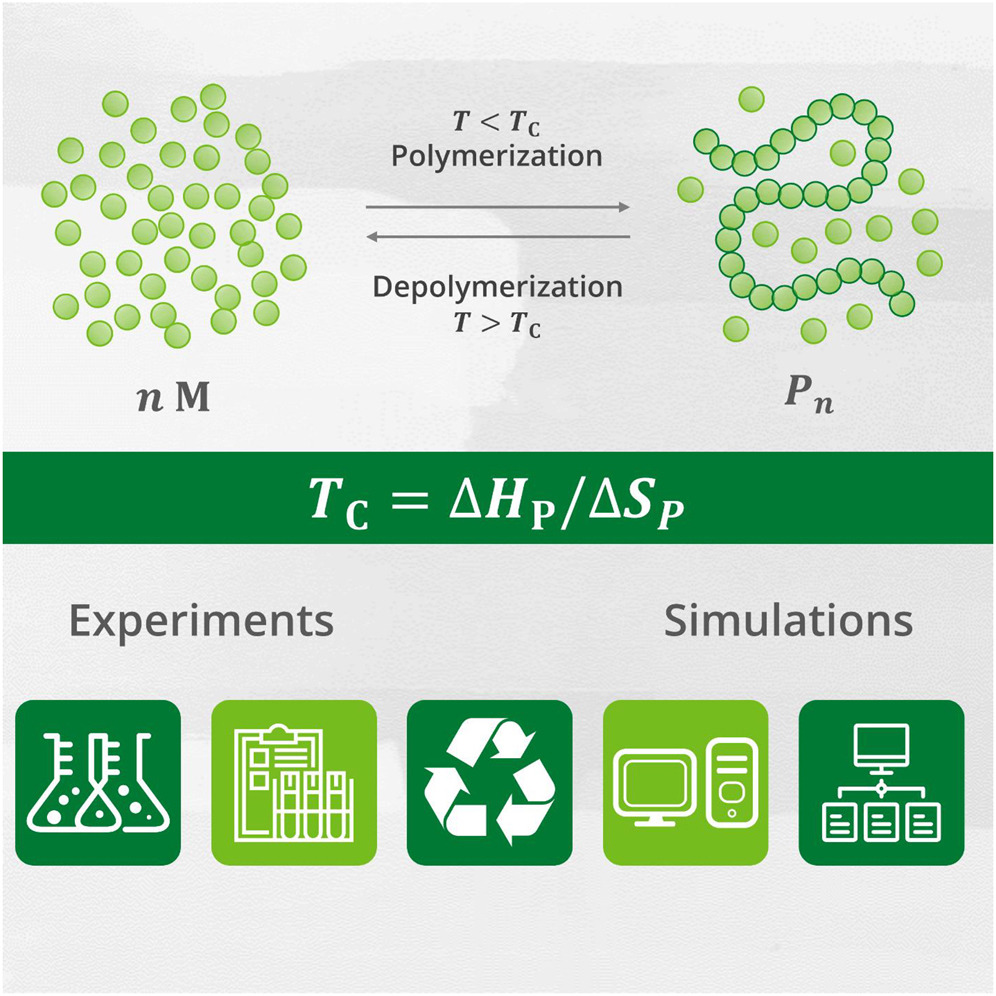From the containers that hold our food to the packaging that protects our purchases, plastic products have become indispensable in our daily lives. These materials, known as polymeric materials, have revolutionized the way we live, marking a significant achievement of the past century. However, there’s a downside to this convenience. The very properties that make plastics so useful also make them challenging to dispose of responsibly. As a result, they’ve accumulated in our environment, posing serious threats to ecosystems and human health.
Senior Associate Dean for Faculty Affairs at the McCormick School of Engineering and Applied Science at Northwestern University Linda Broadbelt has been leading a team of researchers to tackle the plastic waste problem – with the help of ACCESS allocations on Expanse at the San Diego Supercomputer Center (SDSC) at UC San Diego.

Broadbelt believes that one promising approach to this complex issue is computationally constructed chemical recycling – a process that uses supercomputer models to help determine the best way to break down plastics into their basic building blocks, called monomers. She and her team have recently published their latest models for this in the Cell Reports: Physical Science journal.
“When we can create plastics that don’t lose their quality during the recycling process, we can create a circular economy where plastics can be continuously recycled,” Broadbelt said. “To achieve this, we have been using Expanse to illustrate a complex chemical process that requires careful consideration of thermodynamics, kinetics and other factors.”
Broadbelt’s work specifically delves into the “ceiling temperature” (Tc) in designing recyclable polymers. Understanding Tc – a type of temperature threshold that determines whether a polymer can be efficiently recycled back into its monomer form – helps researchers rank different polymers based on their ability to be recycled.
“By combining experimental data with Expanse simulations, we can better understand Tc and predict key thermodynamic parameters,” Broadbelt explained. “When we can see the details of how polymers behave under different conditions, we can design more sustainable materials.”
She said that the team’s most recent study has made progress and their next steps are to examine challenges such as the influence of various solvents and their concentrations, as those play a big role in Tc.
Project Details
Resource Provider Institution(s): San Diego Supercomputer Center (SDSC)
Affiliations: Northwestern University
Funding Agency: NSF
Grant or Allocation Number(s): CTS120055
The science story featured here was enabled by the U.S. National Science Foundation’s ACCESS program, which is supported by National Science Foundation grants #2138259, #2138286, #2138307, #2137603, and #2138296.


